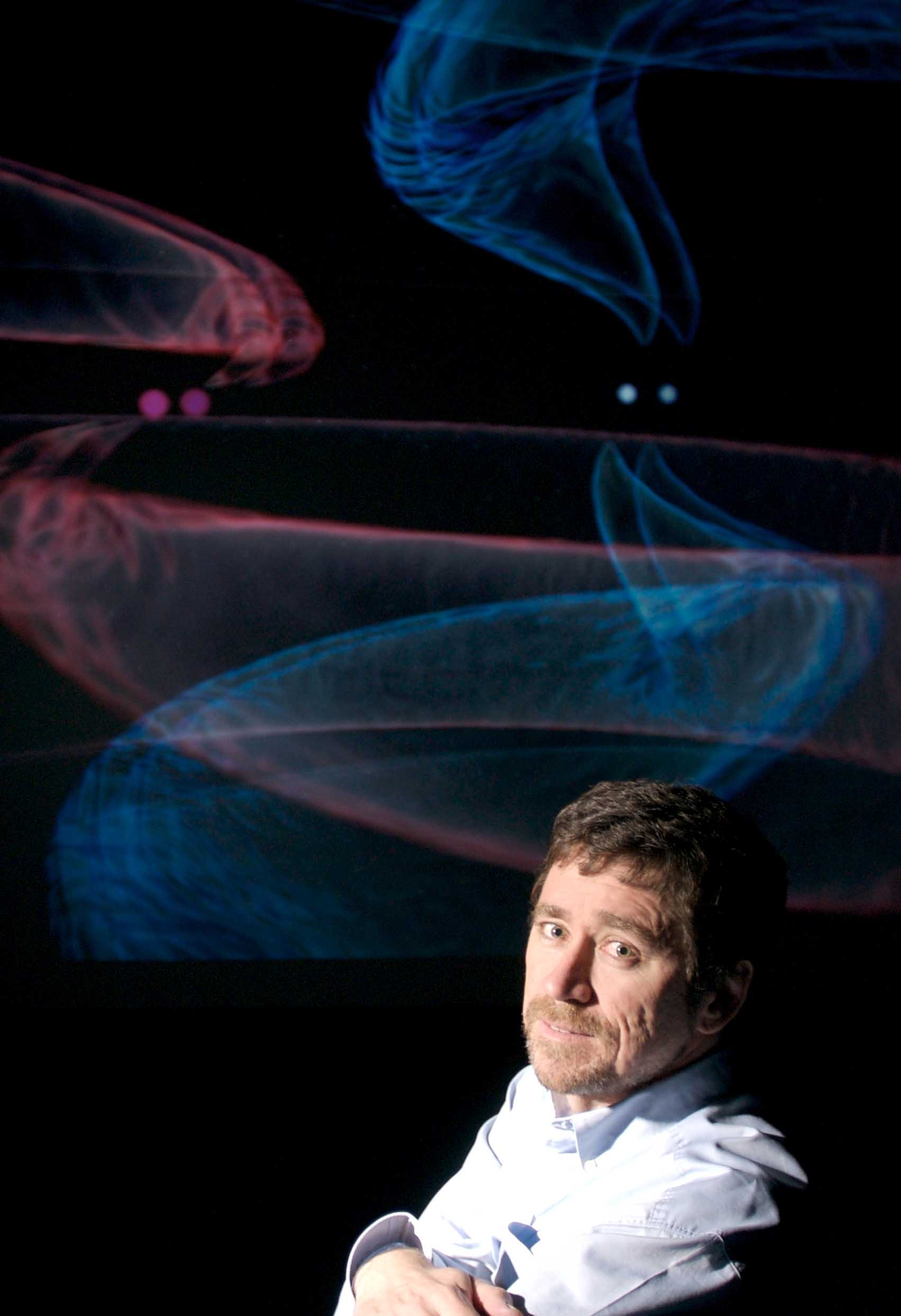KUCHING – A team of international astronomers believe they may have found a once-massive star that has transformed into a small planet made of diamond.
This is the subject of a public lecture which will be given by Professor Matthew Bailes, the Pro Vice-Chancellor (Research) at Swinburne University of Technology in Melbourne, Australia.
Bailes will speak on the discovery of the planet, which has been reported in Science and Time Magazine, at the lecture theatre of Swinburne’s Sarawak at 7:00pm on Wednesday, 7 March.
The 50-minute talk will feature stunning 3D animations and interactive multi-media tools. Bailes will also describe the field of radio astronomy, how pulsars and “millisecond pulsars” are formed, and how and why it is believed that one of them is orbited by a planet made of diamond.
There will be opportunities for questions and answers during the talk.
The unusual star, known as a pulsar, was first detected with a radio telescope in Australia last year by the team of international researchers from Australia, Germany, Italy, the UK and the USA led by Bailes. They then followed up their discovery with the Lovell radio telescope in the UK and one of the Keck telescopes in Hawaii.
Pulsars are small spinning stars about 20km in diameter—the size of a small city—that emit a beam of radio waves. As the star spins and the radio beam sweeps repeatedly over Earth, radio telescopes detect a regular pattern of radio pulses.
The researchers believe that the ‘diamond planet’ is all that remains of a once-massive star, most of whose matter was siphoned off towards the pulsar.
They found the pulsar among almost 200,000 Gigabytes of data using special codes on supercomputers at Swinburne University of Technology, The University of Manchester, and the INAF-Osservatorio Astronomico di Cagliari in Italy.
Bailes is a member of the Centre for Astrophysics and Supercomputing at Swinburne in Melbourne which is resourced to process data generated by telescopes and simulations.
For more details on the talk, please contact the Research and Consultancy office, Swinburne Sarawak at 082-260 835 or email [email protected]


